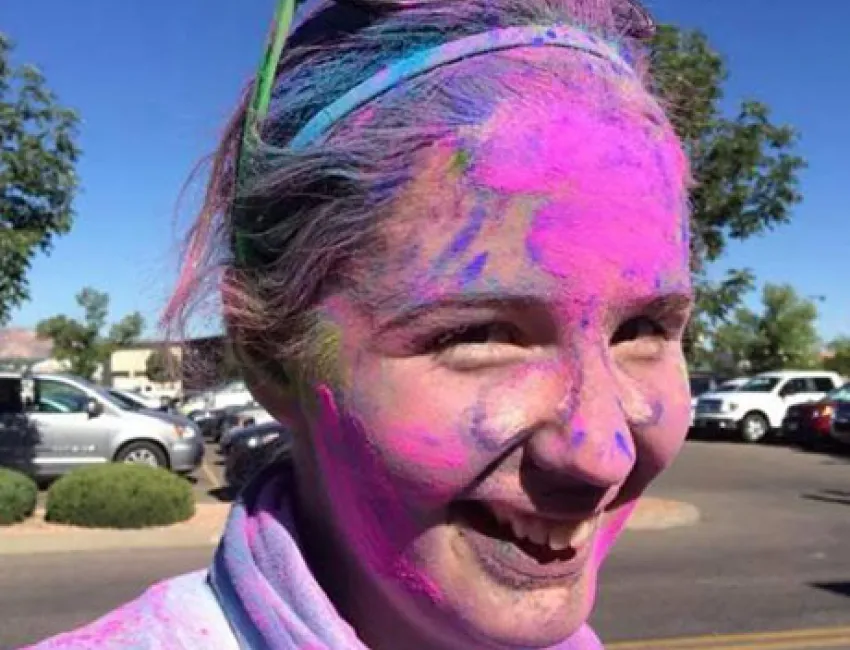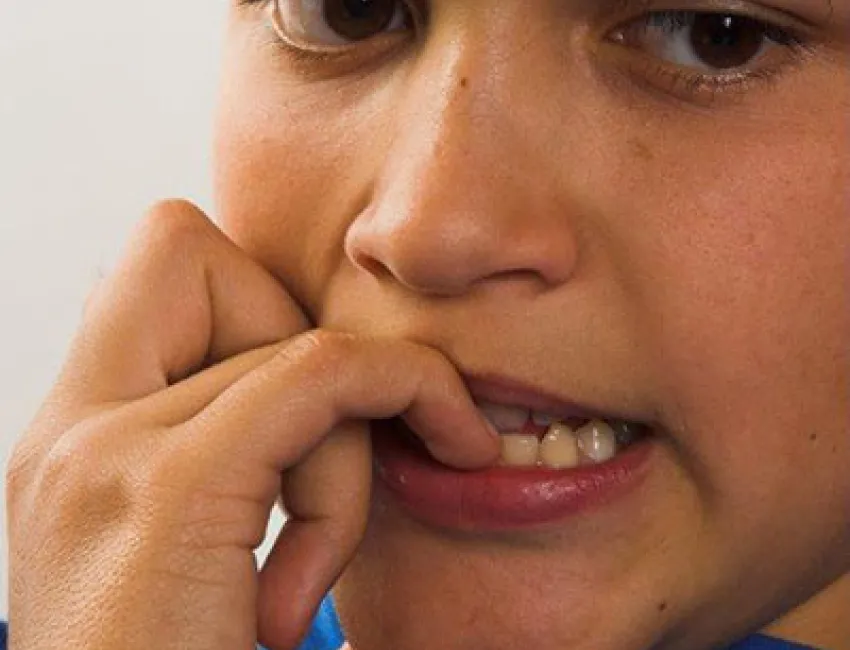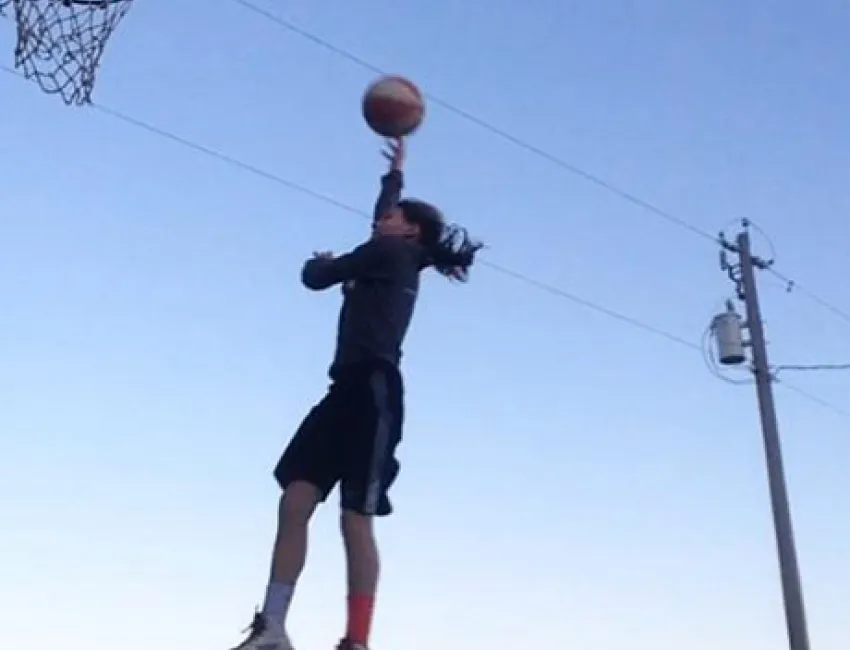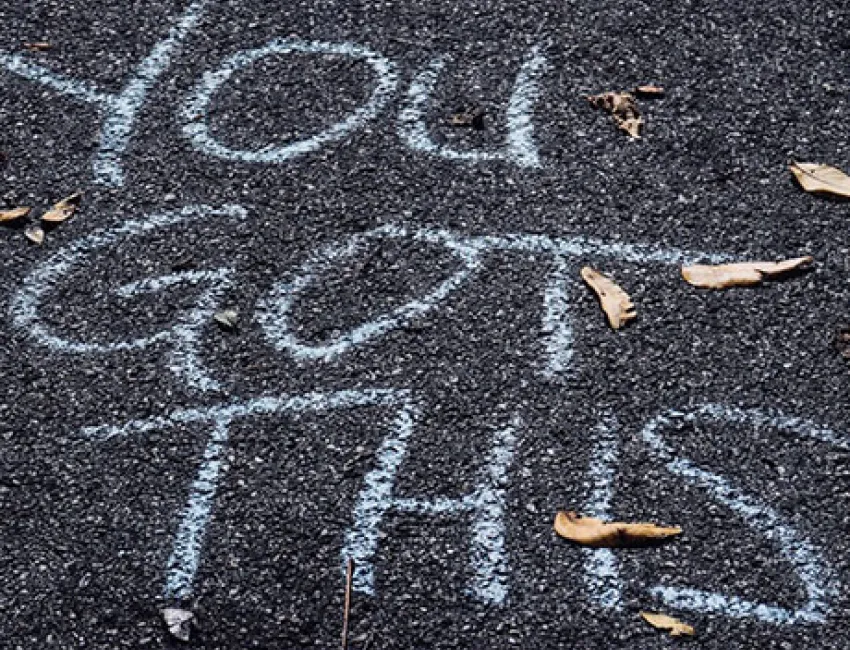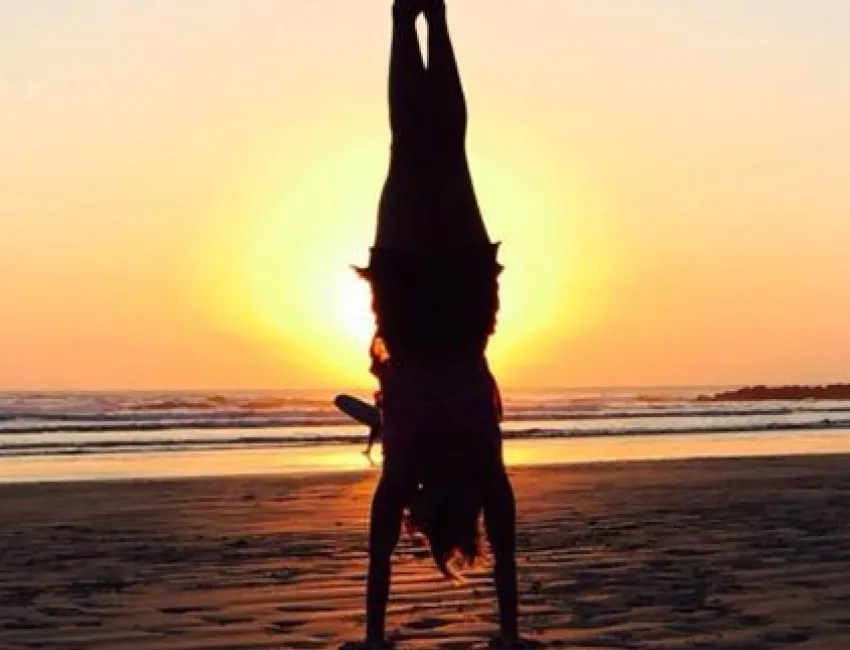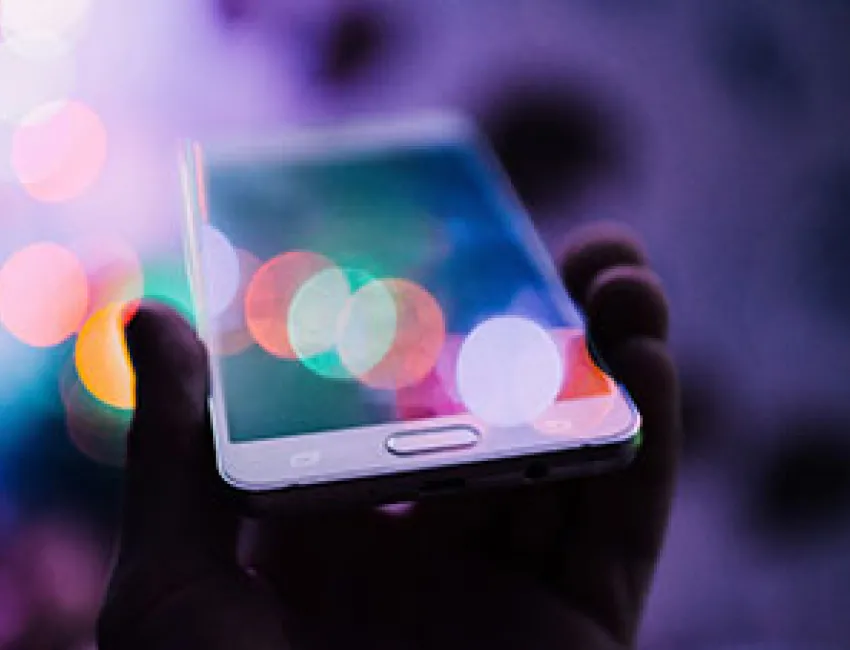
Have you stayed on your phone when there are other people around you? Many of us have been there! For some of us these habits are difficult to break and practicing self-control only helps so much. It’s like there is something about social media that keeps us coming back for more.
Let's take a deeper look and see if we can find answers for why this happens and whether there is anything we can do about it.
Platforms such as Instagram, Snapchat, and TikTok have gained popularity across the world, with some reports stating that 97% of adolescents say they use a social media platform.1 It's a common occurrence for many of us to be connected to the world through social media, with many teens joining to share content ranging from funny cat memes to social activism.
With such a diverse array of posts, it is no surprise that so many young people are drawn to these platforms. But organic interest is not the only factor at play here. Social media companies continue to employ tactics to keep youth engaged and compulsively return back to their personal feeds. Features like audibly and visually stimulating notifications keep drawing teens back into their platform even after they've made the decision to focus on something else. This constant invitation can lead to nearly non-stop engagement, which has been linked to an increase in mental health struggles for teens.2 Of course social media is not without its benefits. With the ability to connect with diverse interests and communities without being restricted by physical location, many youth are able to find a sense of belonging in ways that simply wasn't possible before the age of social media.
WHO IS THE CUSTOMER?

Over time social media companies have been able to grow their businesses exponentially through the use of targeted advertising. According to a report produced by Statistica, 74% of 15-17 year olds stated that they use Snapchat.3 In other words, Snapchat has access to three out of every four 15-17 year olds for direct advertising. This dynamic contributes to the billions of dollars in profit made by social media companies every year.
Social media comes with many negative consequences, but it's important to point out one of the most common positive impacts. Sometimes it can be difficult to find support and belonging in your physical community. This is especially true for LGBTQ+ teens, some of whom don't feel safe openly living as their true selves in their schools, neighborhoods, or towns. Social media has created a space where these people can find supportive and affirming online communities to express themselves without fear.
Recent studies have shown that high levels of social media usage has been linked with anxiety and depression. While it’s unclear which is the chicken and which is the egg, there is obviously a relationship here. So whether people with anxiety and/or depression are more likely to turn to social media, or high levels of social media usage causes anxiety and/or depression, it seems that social media is at best making no difference and at worst exacerbating negative outcomes.4
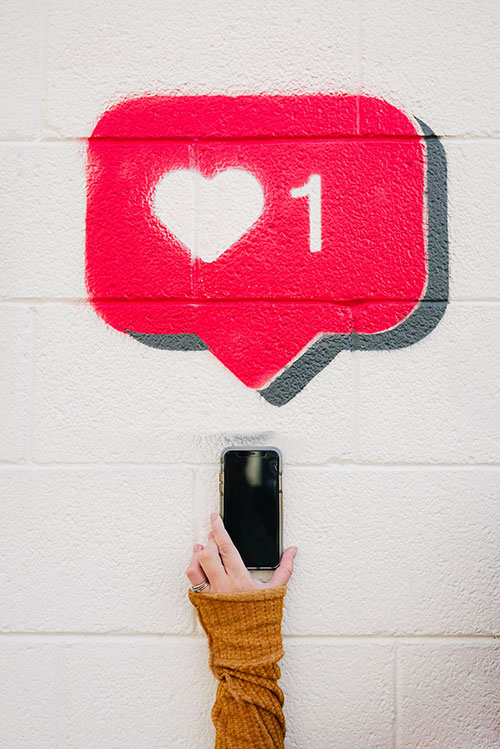
Whether it’s feeling left out when your friends post pictures of themselves without you, seeing online events you weren’t invited to, or seeing influencers show off their latest and greatest adventures, FOMO is a difficult experience that can have negative consequences on our self esteem and overall mental health.
When young people see images of their favorite celebrities or influencers posted online, they may have the urge to compare themselves: people see online personalities living a life they desire, or having the body they want, which can be detrimental to their mental health. But what we see online tends to be extremely filtered, altered in ways to make us believe something that is not entirely accurate to real life.
Social media allows people to share a lot of their lives, and what they share is often just what they perceive as "cool" or profitable. Sometimes people post to capitalize on trends which can be harmful to others. Research shows that if social media influencers- or even our friends- normalize dangerous behaviors we’re more likely to view it as harmless.
Sleep is a very important factor for your physical and mental health. Not getting enough sleep or high enough quality of sleep can create negative outcomes for us. Many of us are used to checking our phones both as we are getting ready for bed and the moment we wake up. The blue light from our phone screen stimulates our brains and makes us feel more alert, which in turn makes it very difficult to fall asleep, regardless of the content being displayed (which in itself might make us feel anxious, excited, etc).5
Our phones are making it more difficult to experience and appreciate in-person interactions. If we are in line at a restaurant, it’s all too tempting to grab our phone and scroll social media rather than engage with the world around us. Even when we do experience in-person interactions, our phones are usually nearby, ready to steal our attention away from the people we are physically sharing space with. While social media has increased the number of people we can interact with, it has also caused a decrease in meaningful in-person interactions, for which there is no substitute.6
Social media users are incentivized (both financially, as is the case with many influencers, and through the excitement of “going viral”) to share their opinions on everything and anything, regardless of first hand knowledge or expertise. These “Hot Takes” commonly spread at least as far and as fast as professionally sourced news, creating a mess of information that is often difficult to sift through in the search for accurate and reliable reporting.

Social media is a double edged sword. While there are many benefits, it’s important to recognize the potential negative impacts of using social media and how such impacts might result in things like social isolation, unrealistic expectations, and the spread of misinformation. Fortunately, there are many resources and tips that can help prevent these unhealthy and undesirable outcomes.
You may find your relationship with social media becoming healthier if you implement some of these ideas…
Most devices, like your smartphone, have the option to either filter colors or go completely black and white on the screen with “Grayscale” (search “how to activate grayscale on [insert name of your device here]” for step by step directions for your device). Taking this step can limit the amount of blue light you are exposed to which can help you sleep better. It can also serve to make your phone generally less stimulating to your brain, which could help you stay off of it for longer periods of time. Challenge yourself to use grayscale for a week, or even just one day, to see how this impacts your relationship to social media and potentially improves your overall well -being.
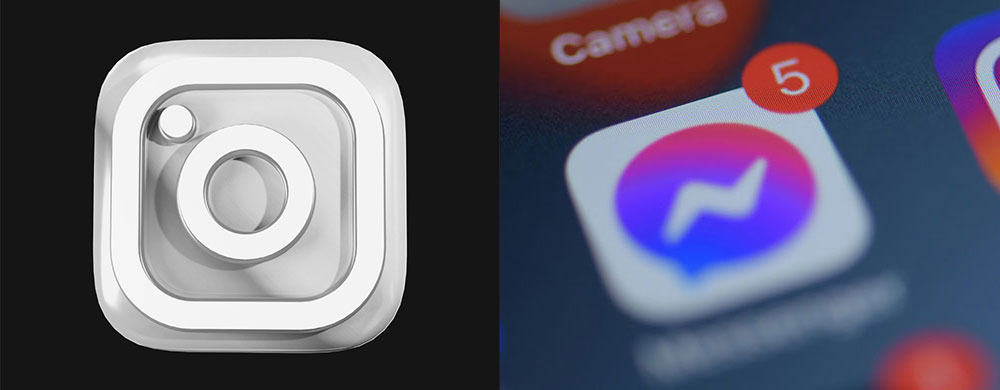
One of the ways social media sites (and other apps) keep you coming back is through notifications. These sounds were expertly designed to draw your attention to your device, making you more likely to abandon whatever you were doing in order to check it out. Sometimes these notifications aren’t even related to messages, comments, and likes. They might be doing nothing more than letting you know that some obscure public page you follow posted something recently. The goal is to get you back on your device, checking your profile. Remember that you are the product being sold on social media, so the goal will always be to bring you back to keep their ad revenues flowing. Turning off notifications is a powerful way to prevent these intrusions on your time.
It’s easy for social media use to become a mindless habit. Taking breaks from social media to reset your intentions and re-engage with your relationships, interests, and activities offline can be an effective way to improve your relationship with social media and limit its negative impact on your life.
When you see content on social media, be sure to think critically and ask questions before sharing it. Ask yourself: Who is the author or sponsor of this content? What is the purpose of this content? Who is their audience? What is their message? What information is missing from this content? How are they trying to get my attention?
These questions can be a powerful tool to help us recognize and combat the rampant spread of misinformation online.
To dive deeper into these questions, check out our media literacy Educational Resource!
Use social media intentionally! Oftentimes, people will get on Instagram to do something specific (example: to like a friend’s post) but will then be sent on a thirty minute rabbit hole in which the initial objective is consistently postponed and eventually forgotten. Try to hold yourself accountable–if you got on Instagram to do something positive, do it! Don’t let a sea of content keep you from using social media as an intentional, positive outlet.
Be inspired by what you see! Let social media fuel your ambition rather than jealousy. If you see your friend on a fancy trip, don’t feel bad because you aren’t doing something as fun–take steps to go on a trip of your own. In simple words, use social media as motivation to get up (not stay down).
1 https://jamanetwork.com/journals/jamapsychiatry/fullarticle/2749480
2 Ibid
3 https://www.statista.com/statistics/419400/us-teen-snapchat-users-age-reach/
4 https://www.ncbi.nlm.nih.gov/pmc/articles/PMC5904786/
5 https://www.sleepfoundation.org/how-sleep-works/sleep-and-social-media
6 https://www.ncbi.nlm.nih.gov/pmc/articles/PMC10189533/
